Iran Power Generation, Distribution and Transmission Company (Tavanir) has warned the Central Taskforce to Combat Smuggling of Goods and Foreign Currency about a possible flood of Chinese cryptominers in Iran, as the Beijing government continues its crackdown on miners of the digital currency.
In a letter published by the Persian-language economic news website Eghtesadnews on Monday, Mohammad Hussein Motevallizadeh, Tavanir's CEO, referred to media reports on the Chinese government's moves to shut crypto mines, adding that the crackdown could push Chinese miners into other countries.
"Lower electricity costs make Iran attractive to Chinese miners. They are likely to start smuggling mining equipment into the country," reads the letter, calling for stringent controls to thwart such possible moves.
Bitcoin Mania
In recent weeks China has come down hard on cryptomining by shuttering operations across at least five provinces or regions that are rich in either coal or hydropower.The move has paralyzed an industry that accounts for over half of the global bitcoin production, as miners dump machines in despair or seek refuge in places such as Texas or Kazakhstan, Reuters reported.
China's State Council, or cabinet, vowed to crack down on bitcoin trading and mining in late May, seeking to fend off financial risks after the global bitcoin mania revived Chinese speculative trading in cryptocurrencies.
Authorities in Beijing say cryptocurrencies disrupt economic order and facilitate illegal asset transfers and money laundering.
The measure has halted an estimate of 90% of all mining in the world’s second largest economy, though the government has said this is part of its net zero strategy.
Situation in Iran
Officials in Tehran have also been devising measures to reduce cryptomining arguing that the high and rising power consumption in mining the digital currency has led to electricity shortages and rolling blackouts across the country.
As pressure mounts on the power network due to the record-breaking heat, the utility has gotten tough with the avaricious and lawless cryptominers.
According to Tavanir, more than 200,000 cryptomining equipment have been seized in the past few months that consumed 750 megawatts. "This was equal to the total consumption of five provinces."
In July 2019 the government said it would accept cryptomining as a legal industry. Miners are required to obtain permits from the Ministry of Industries and pay their electricity bills as per export tariffs.
In April the Energy Ministry said miners will be charged 16,574 rials for one kilowatt-hour and the base rate would be cut by half when household consumption is low and the national grid is not under pressure as usually is the case in the summer months.
The base rate, however, is four times higher than the previous 4,800 rials. Prices are set based on power export tariffs based on currency rates at Nima – a currency platform where forex is traded among importers and exporters. Base rates are updated at three-month intervals and also subject to forex rates in the local market.
Fifty permits have been issued for crypto farms so far, though the high prices of power has pushed many miners underground. It has been reported that some Iranians are illegally mining cryptos at home.
Tavanir has warned those who mine cryptocurrencies at home and told them to switch off their mining equipment. "Failing to comply has led to seizure of equipment and electricity cuts." It also called on the public to help the utility detect illegal miners and has offered rewards of up to 200 million rials to whistleblowers.
The largest licensed cryptomining farm in Iran is in Rafsanjan City in southern Kerman Province owned by Chinese companies.
A recent study by the Cambridge Center for Alternative Finance revealed that Iran is the sixth largest crypto mining hub in the world, accounting for just under 4% of the global hash rate. Hash rate is the measuring unit of the processing power of the Bitcoin network.
Back in May, Iran’s customs administration said more than 20,000 boxes of crypto mining equipment were imported in the last fiscal year (March 2020-21) worth $10.2 million.
Imports were mainly from China with currency offered at the secondary foreign exchange market, known locally as Nima, ISNA reported.


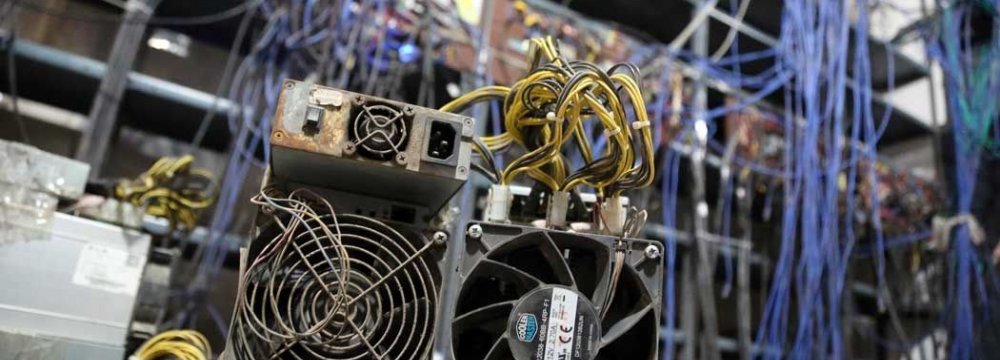

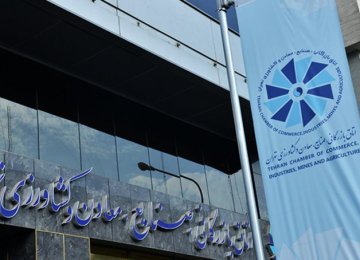
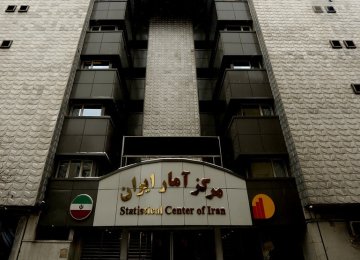
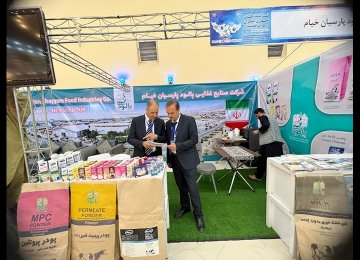


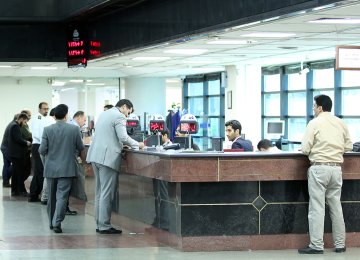
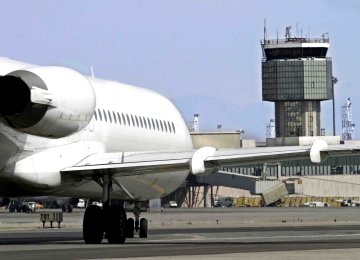


Add new comment
Read our comment policy before posting your viewpoints